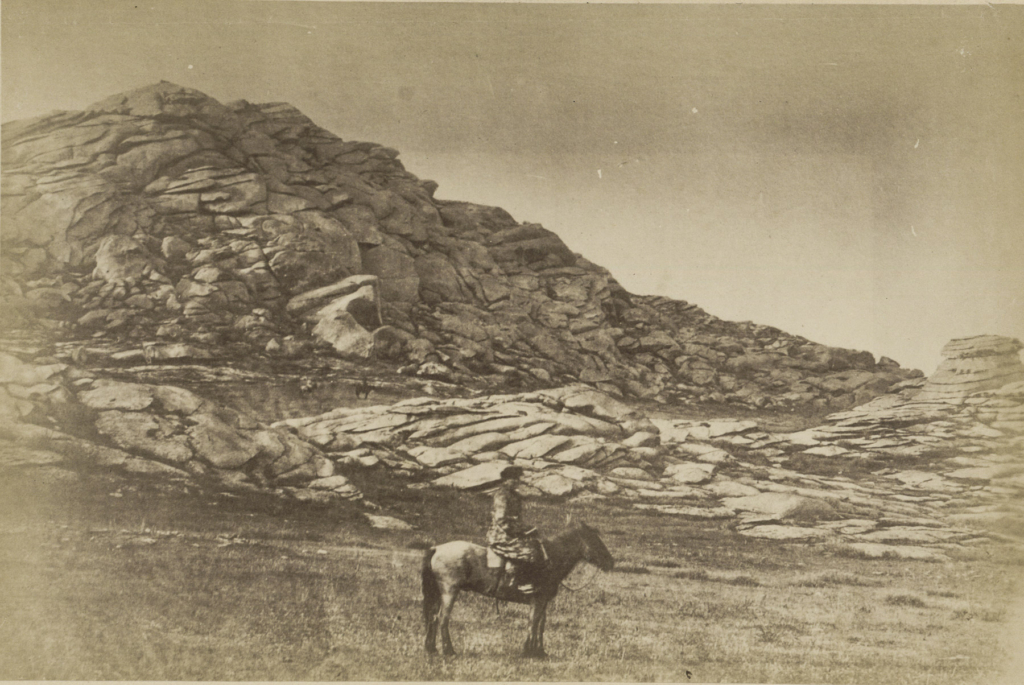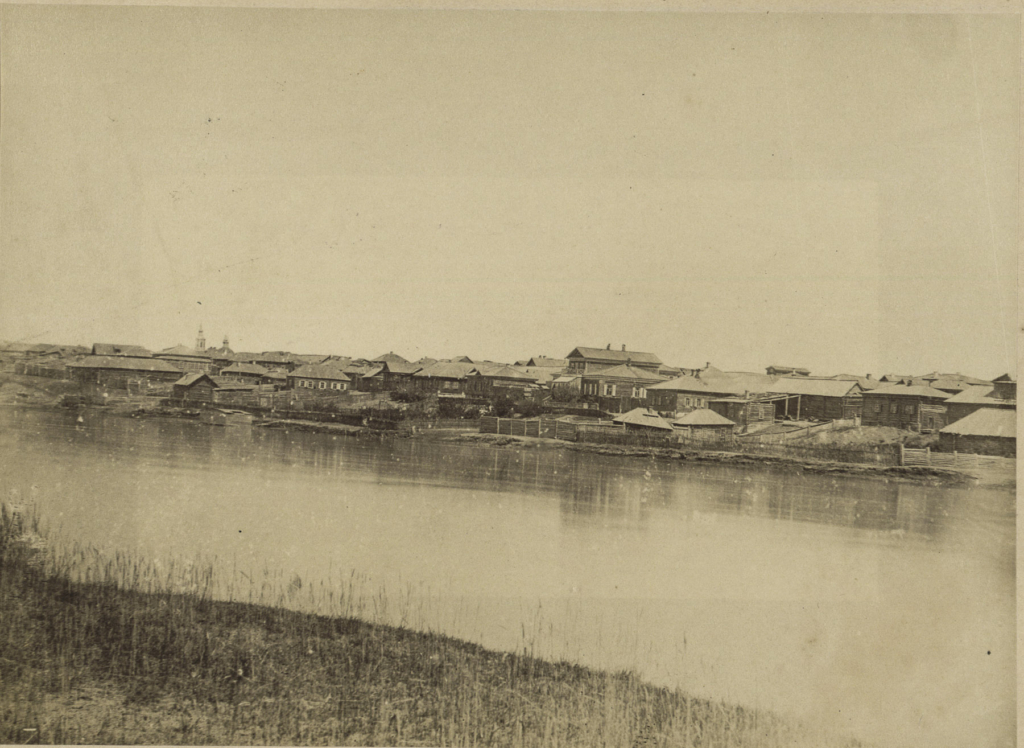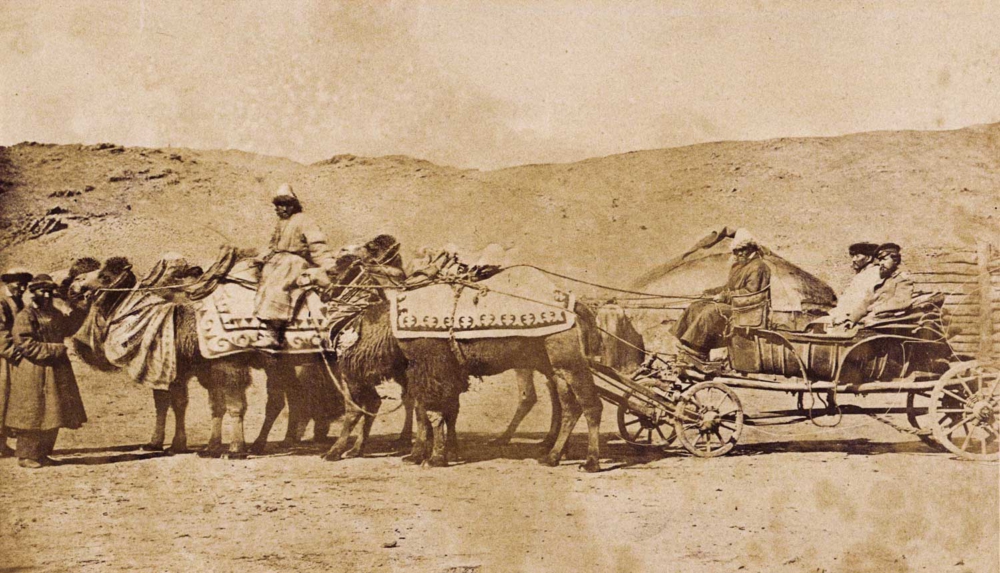With Alfred Brehm in Kazakhstan 1876/2021
A travelouge by Ina Hildebrandt and Volker Kreidler
On April 19, the photographer Volker Kreidler and the cultural journalist Ina Hildebrandt set off for Kazakhstan. They have the travel diary of Alfred Brehm in their luggage, who traveled through the north-east of the Central Asian country 145 years ago. Brehm’s notes suggest Kreidler and Hildebrandt the route for a three-week round trip through the regions of Almaty, Eastern Kazakhstan and Pavlodar. Volker Kreidler documents this trip with his camera and Ina Hildebrandt interviews people they meet on their way. Regularly they give an account on this trip in their REPORTS FROM KAZAKHSTAN.
The natural scientist and author of the well-known animal encyclopedia Brehm’s Life of Animals covered a distance of more than 4,000 kilometers through today’s Kazakhstan. In a carriage, on horseback or on foot, Brehm traveled through flat steppes, high mountains and river valleys. He observed animals like the kulans and saiga antelopes, which are now threatened with extinction, and formed his personal opinions of the country and its people.
In the village of Lepsy on the northern edge of the high mountainous Djungarian Alatau Kreidler gets an impression of a settlement that Alfred Brehm describes in 1876. This village, like many other villages that Brehm passed at that time, was a new establishment by Russian settlers on the southern borders of the Russian Empire. Here, Brehm experienced a country whose military and economic development was in full swing. His diary is therefore not only dedicated to animals, but also to the economic conditions, the settlers and the nomadic people living there, the Kazakhs. Lepsy appears to Brehm as a “little paradise” that was blessed with abundance of water and fertile soils.
In the footsteps of Brehm, Volker Kreidler and Ina Hildebrandt travel from Lepsy further north to the salt water lake Alakol, past the Tarbagatai Mountains to Lake Zaysan, to the kazakh part of the Altai Mountains and the mining towns there, to Semei, the city which was once founded as a fortress by the Russian tsar, and finally to Nur-Sultan. The outcome of the photographic trip will be shown in a special exhibition in the capital of Kazakhstan. Under the title “Welcome to the desert – With Alfred Brehm in Kazakhstan 1876 / 2021”, the exhibition confronts Alfred Brehm’s travelogues with a photographic view of the Central Asian country.
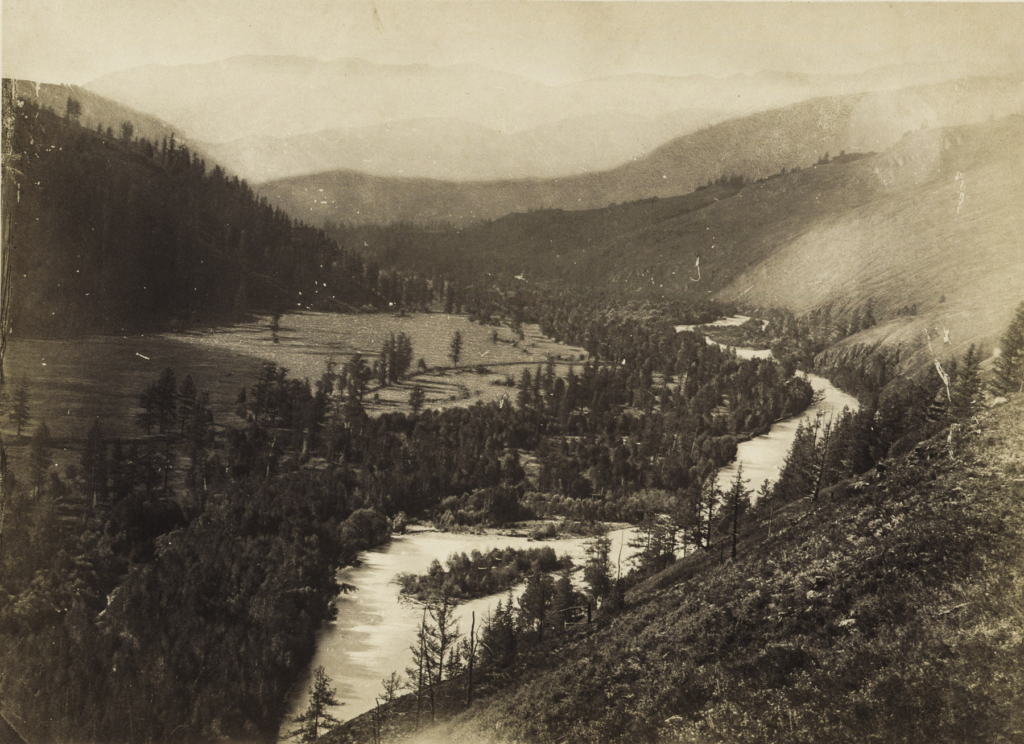
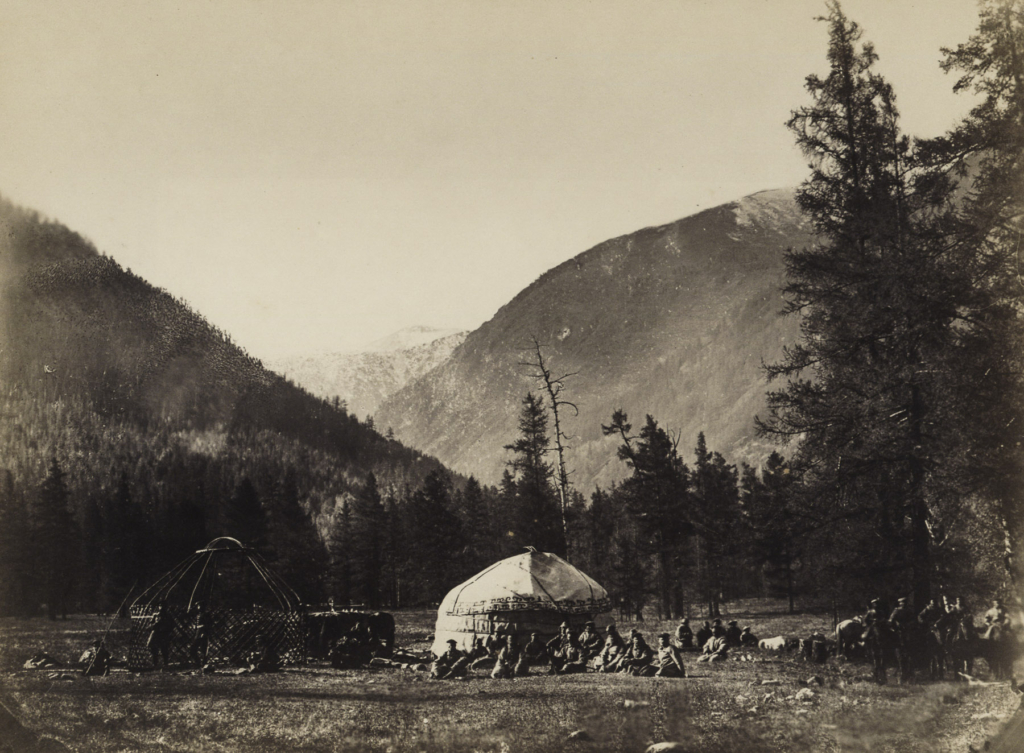
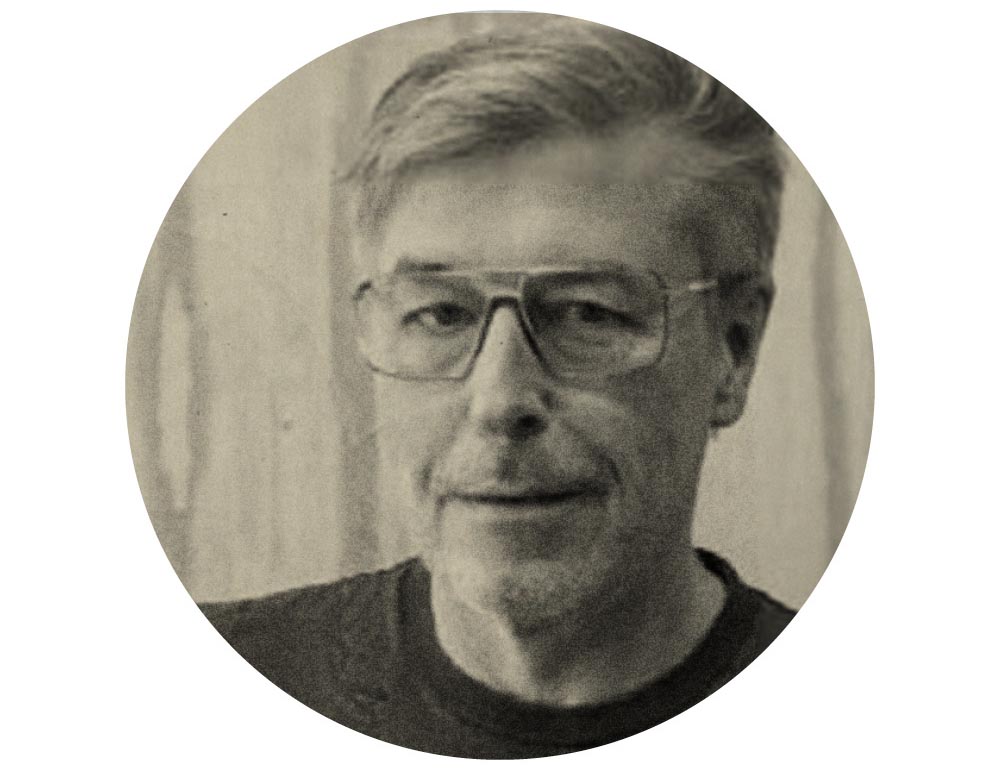
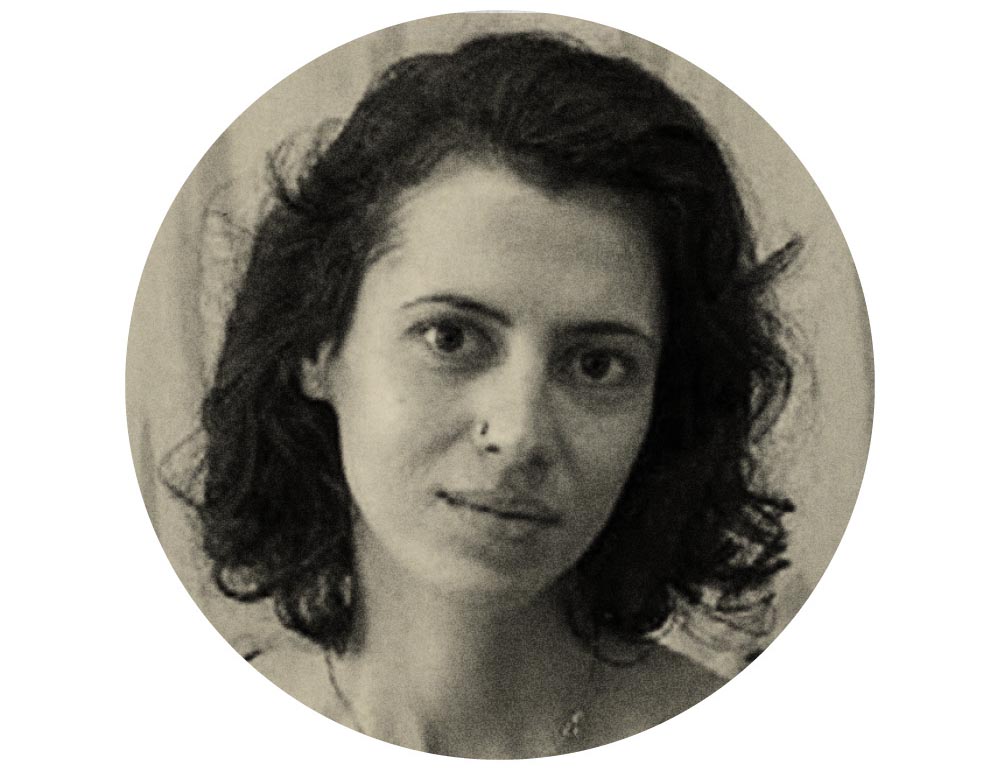
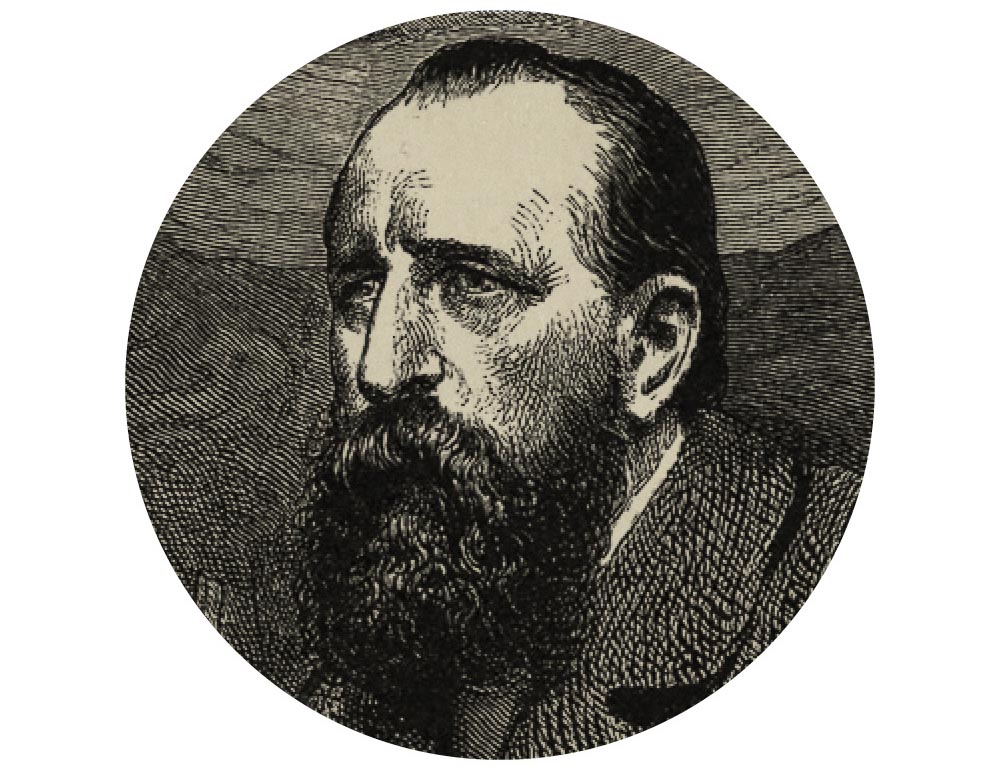
STARRING
Volker Kreidler has been traveling through the transition countries of Central and Eastern Europe for 20 years. With his camera he searches for indicators of change. The focus is on border areas and transport routes circulating goods, knowledge and “human resources”. His visual research is also dedicated to the mutual effects of nature and culture through the interaction with and the influence of people on the environment.
Ina Hildebrandt is an art historian and works as a cultural journalist in Berlin. She was born in Kazakhstan and grew up in Germany. Travel experiences and longer stays in Eastern Europe, Russia and Central Asia aroused her interest in the professional preoccupation with these regions.
Alfred Edmund Brehm (1829–1884) (1829–1884) grew up as the son of the pastor and ornithologist Christian Ludwig Brehm (1787–1864) in Renthendorf. At the age of 18 he was recruited as an assistant for an Africa expedition. Brehm stayed in Egypt and Sudan for five years and explored the wildlife along the Nile. After another research trip through Spain (1856–1857) he moved to Leipzig. Here Alfred Brehm begins his career as a popular-science travel and animal writer. This leads him as a journalist to Norway (1860), as zoo director to Hamburg (1863 to 1866) and Berlin (1869 to 1874) as well as on research and lecture tours through Europe, West Siberia (1876) and North America. His life journey finally ends back at his place of birth in Renthendorf. There he dies form the aftereffects of a malaria infection.
